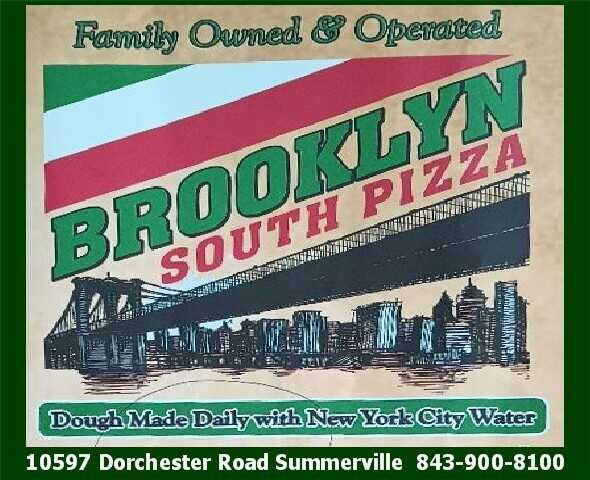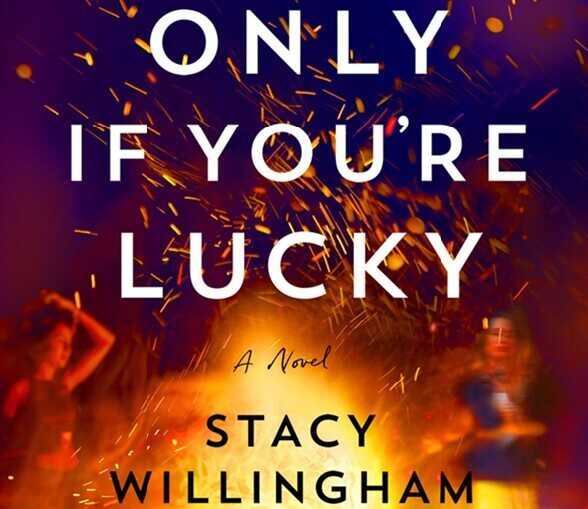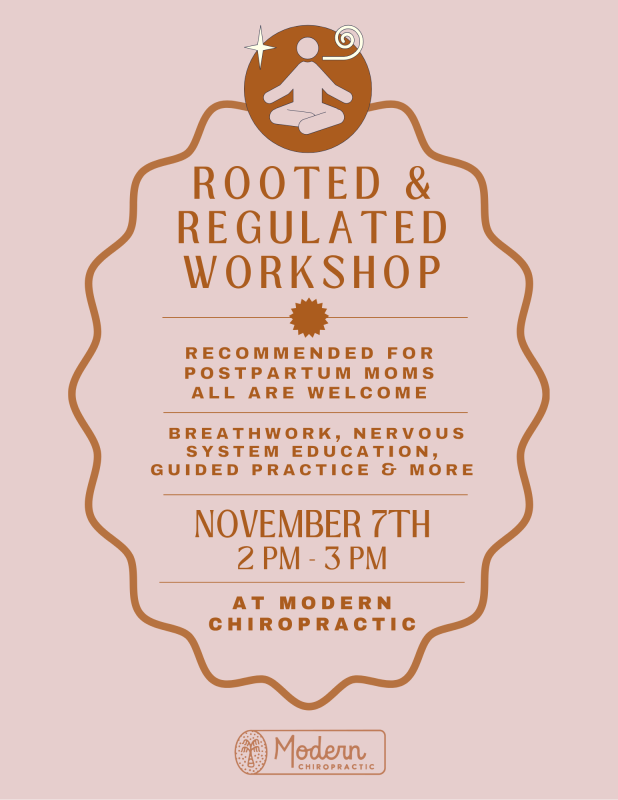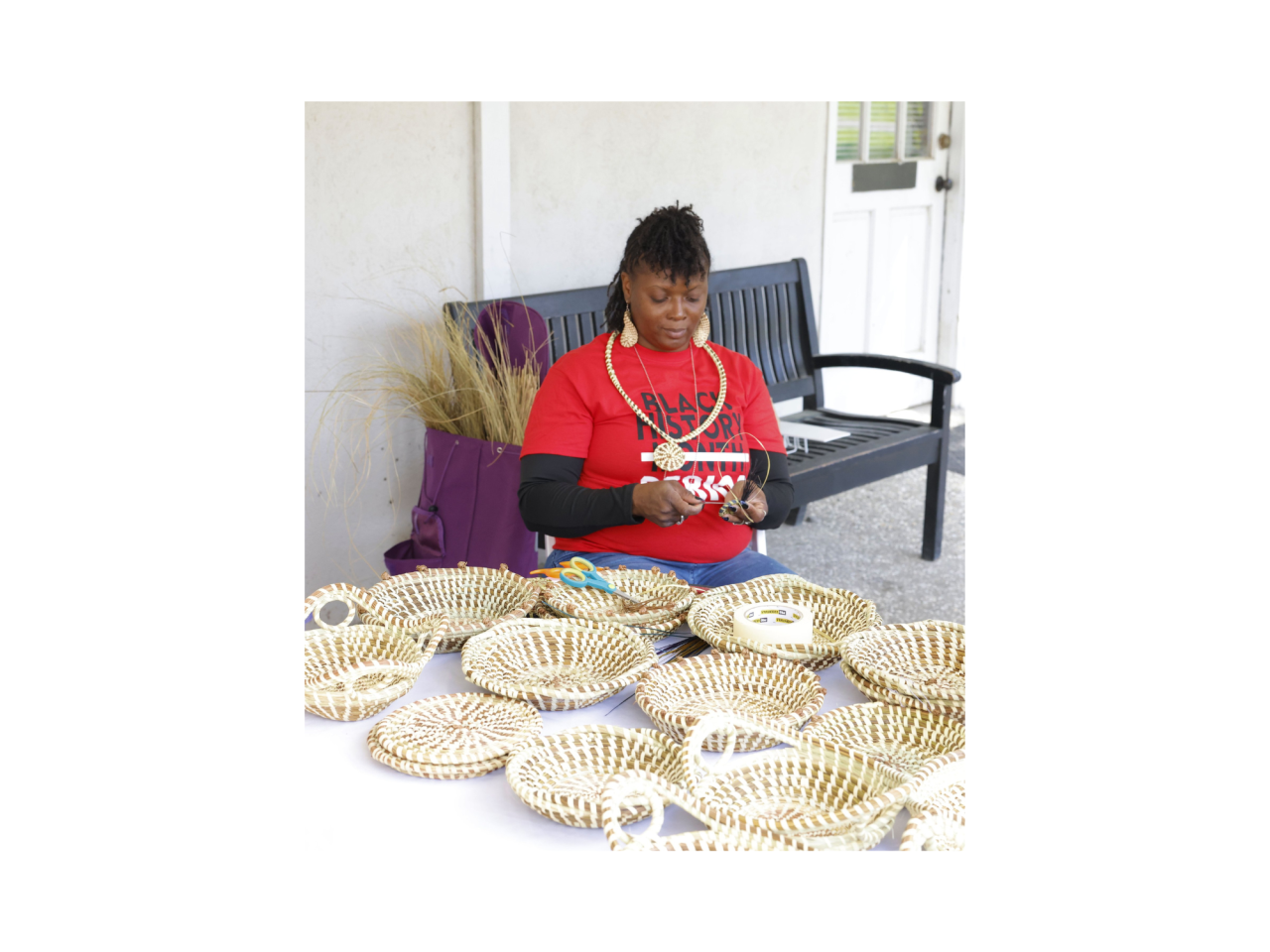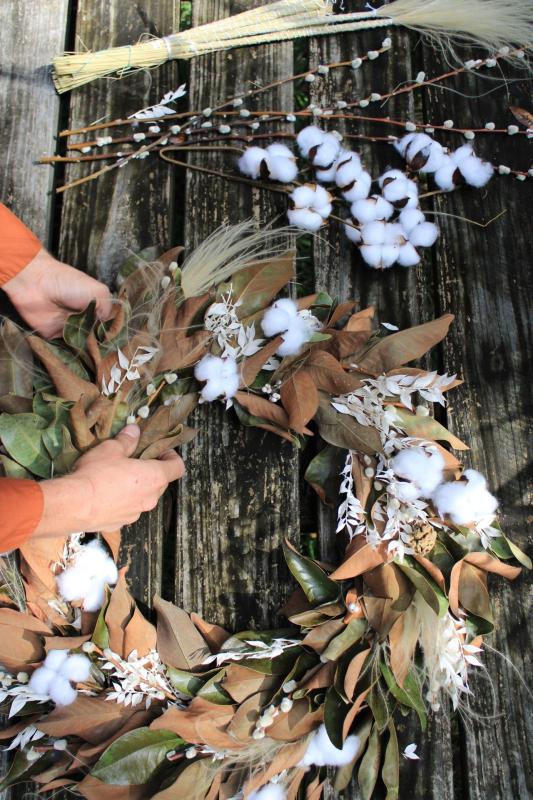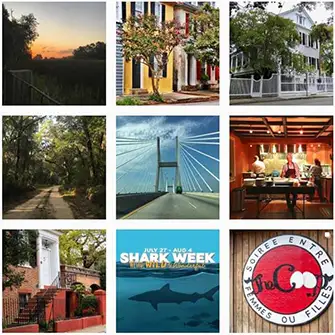Rays Pick Up Fifth Consecutive Victory, Host Florida Saturday Night
Thunder From Down Under Junior Guard Connects on CofC Career Best Nine 3-Pointers
Making Dough With New York City Water Along With Quality Ingredients Makes For 'Great Pizza'
Four Cougars In Double Figures, Freshman James Scott Continues Impressive Play
Brad & Jennifer Moranz Add a Twist In 28th Annual Holiday Show, Come Get A Dose of Merry
Charleston SC Native Stacy Willingham's Third Novel Is Another Keep You Guessing Page Turner
South Carolina earns their third consecutive victory, Visit Jacksonville Saturday
Five CofC Players Hit For Double Figures, Remain Undefeated at Home
Journeyman Known for His Defense Played Under Legendary CofC Head Coach John Kresse, Spent 13 Years in NBA
South Carolina takes 3 of 4 on road trip, Return Home Friday
Fox & Friends Co-Host Lawrence Jones Offers Up Lessons On How to Be a Real Man in America



